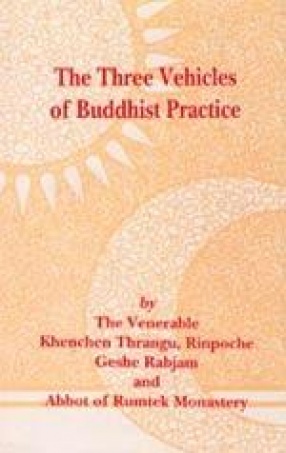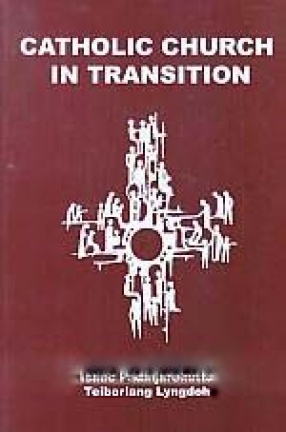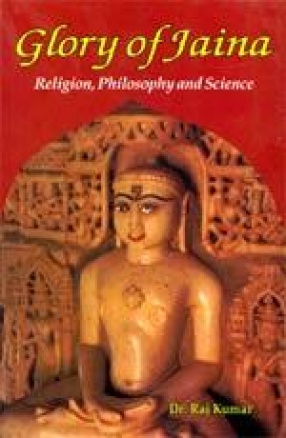In 1969 Thrangu Rinpoche was invited to the West and began a series of yearly visits to Samye Ling in Scotland where he shared his vast knowledge with Western students. He first taught the Uttara Tantra and the Jewel Ornament of Liberation. Interspersed with commentaries on these great works, he gave teachings on dharma topics for Western students. This book on the Three Vehicles of Buddhist Practice or The Three Yanas was part of these teachings. In The Three Vehicles of Practice Thrangu Rinpoche takes the reader through the Theravada level of teachings and explains in detail the four noble truths and the meditation methods of this level. He then describes the path of the bodhisattva – that Buddhist practitioner who has vowed to help all beings reach enlightenment before help all beings reach enlightenment before he or she reaches enlightenment. Here Thrangu Rinpoche gives a very clear and lucid account of that hard-to-defiine topic of “emptiness†and “non-selfâ€. Finally, he gives a clear and lucid description of what is perhaps the most misunderstood level of Buddhist practice – the vajrayana. Being an accomplished vajrayana practitioner, he is able to describe this level of practice in practical terms. Through out this book Thrangu Rinpoche points out that all three of these vehicles of practice were practiced and preserved in Tibet. He also makes the important observation that no level is superior or “higher†than any other level. These levels are just three different ways that the Buddha gave for individuals to practice the Buddhist dharma. Which level one takes depends entirely on one’s own needs, inclinations, and capabilities.
Catholic Church in Transition
$36.00
$40.00





There are no reviews yet.